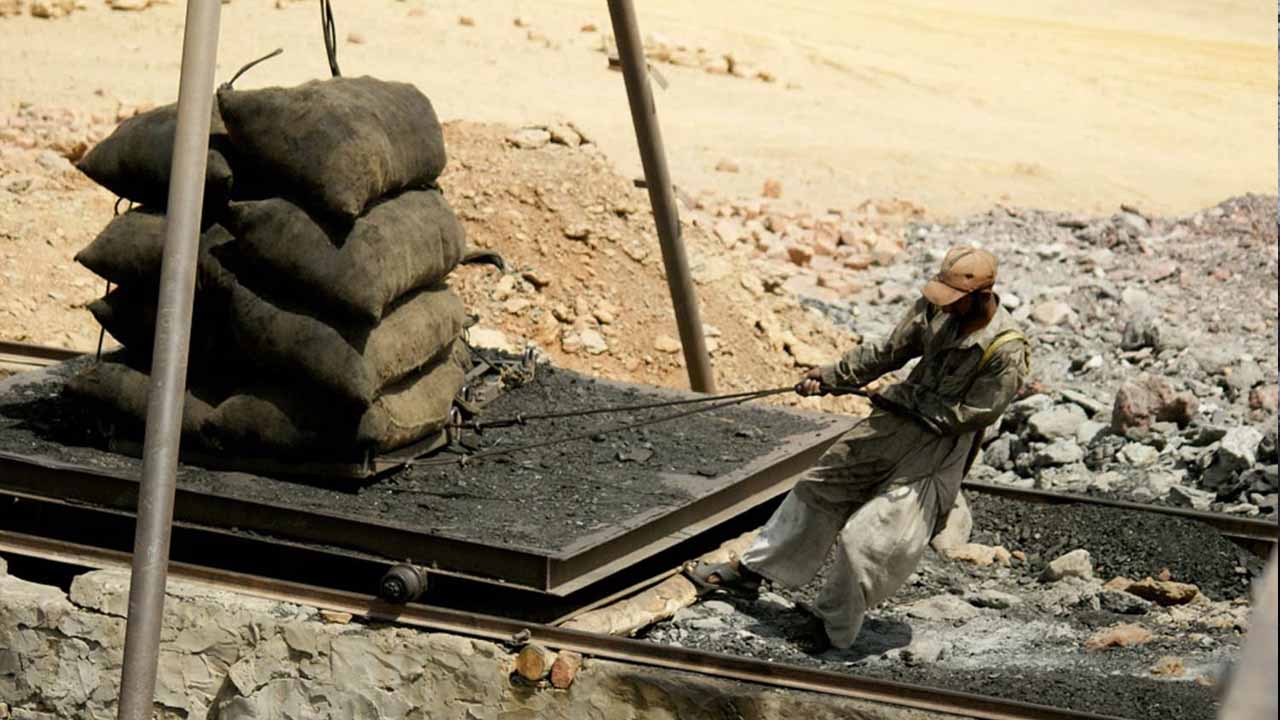The government and independent power producers (IPP) plan to come to an agreement on the use of 10% domestic coal to produce electricity. The effort will assist in lowering the nation’s electricity generation costs.
By using up to 10% of domestic coal, IPPs showed their willingness to produce power. Thar Coal is the preferred fuel source for IPPs, according to the Private Power and Infrastructure Board (PPIB). Because domestic coal is far less expensive than imported coal. The present generation plants won’t need to be changed in order to use up to 10% of the Thar coal for the production of electricity, according to several sources.
Pakistan will switch over to domestic coal from imported-coal-based power plants. The Pakistani government has chosen to replace the imported coal used in its current power facilities.
The production of electricity will be greatly impacted by the use of 10% coal. In contrast, the local coal was only about $40 when the price of coal increased to $400 per metric ton. Pakistan’s coal-fired power stations largely import coal from South Africa and Indonesia. Since 2015, Pakistan’s imports of coal have drastically surged. The country has launched numerous coal-fired power plants during the past five years, which is the cause.
Therefore, the import prices cost a lot to generate electricity. The price of imported coal from South Africa jumped from US$177/ton to over $400/ton during the Fiscal Year 2021-2022.
Pakistan finds it difficult to afford imported coal due to rising coal costs worldwide. As the price of the dollar rises daily, Pakistan is currently experiencing severe financial problems. A person with a regular income finds it difficult to keep up with the rising cost of power.
Due to the high expense of imported coal, the government has chosen to produce its electricity using local coal. However, due to the unusual increase in coal costs, the price of imported coal-based electricity has gone up. It has increased from Rs 10 per unit to about Rs 29 per unit. It is difficult for the government to afford such high prices, and it is a significant jump.
On the other hand, the price of locally generated electricity using coal ranged from Rs 7 to Rs 9 per unit. It is essential to note that the government has already permitted coal import from Afghanistan. The decision is to cut down the cost of electricity. Comparatively, the price of Afghan coal is lower than that of imported coal from other parts of the world.






